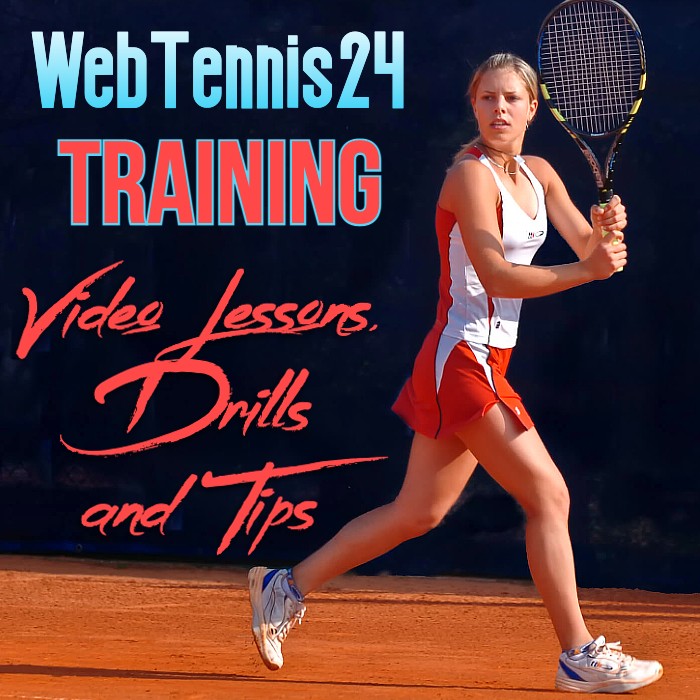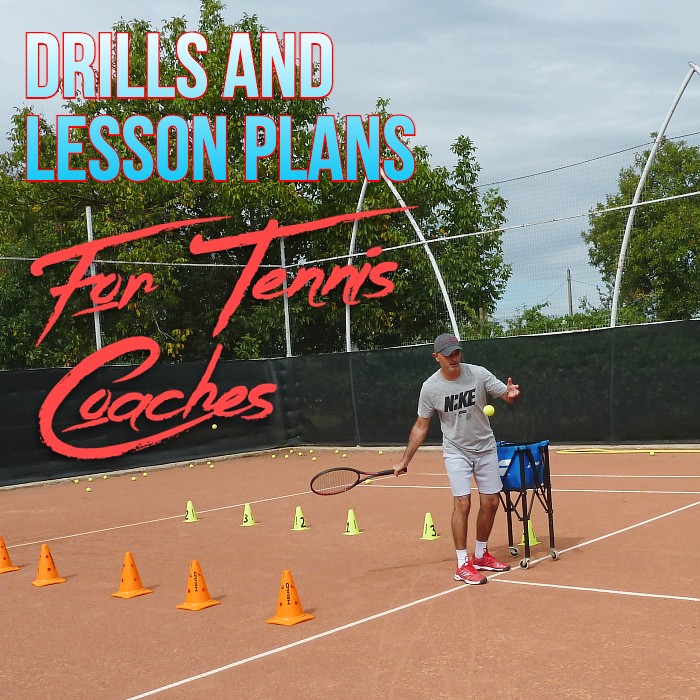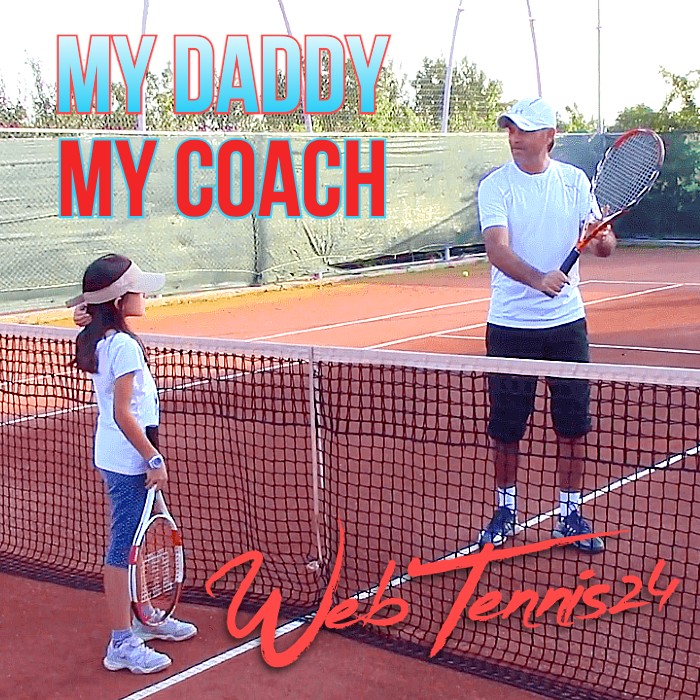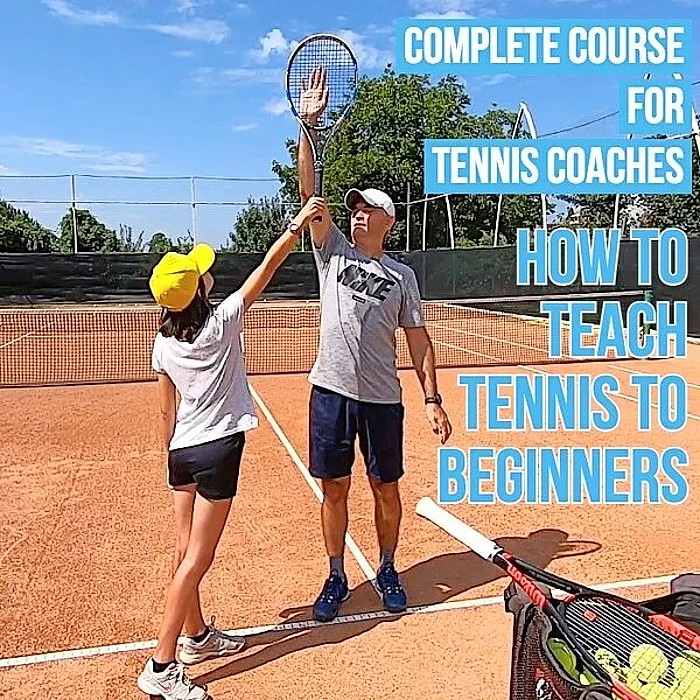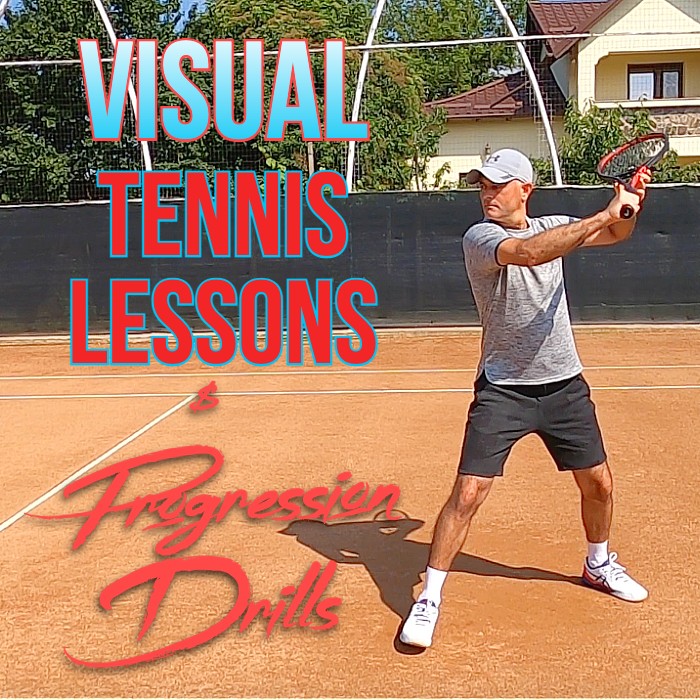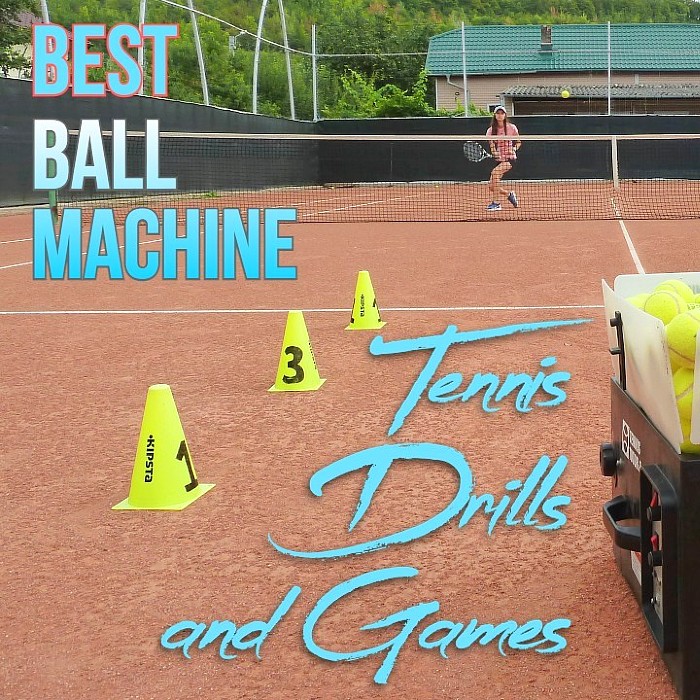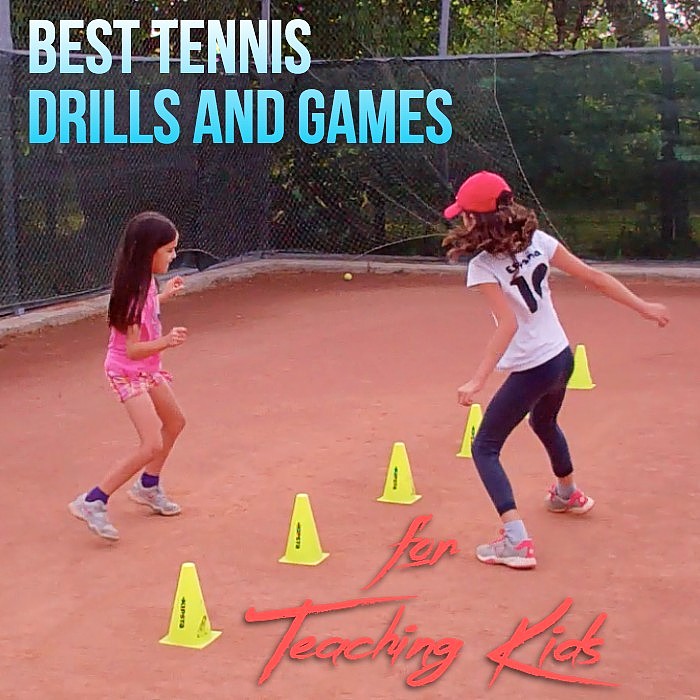Avoid THIS if You Want to Teach Tennis to Your Child
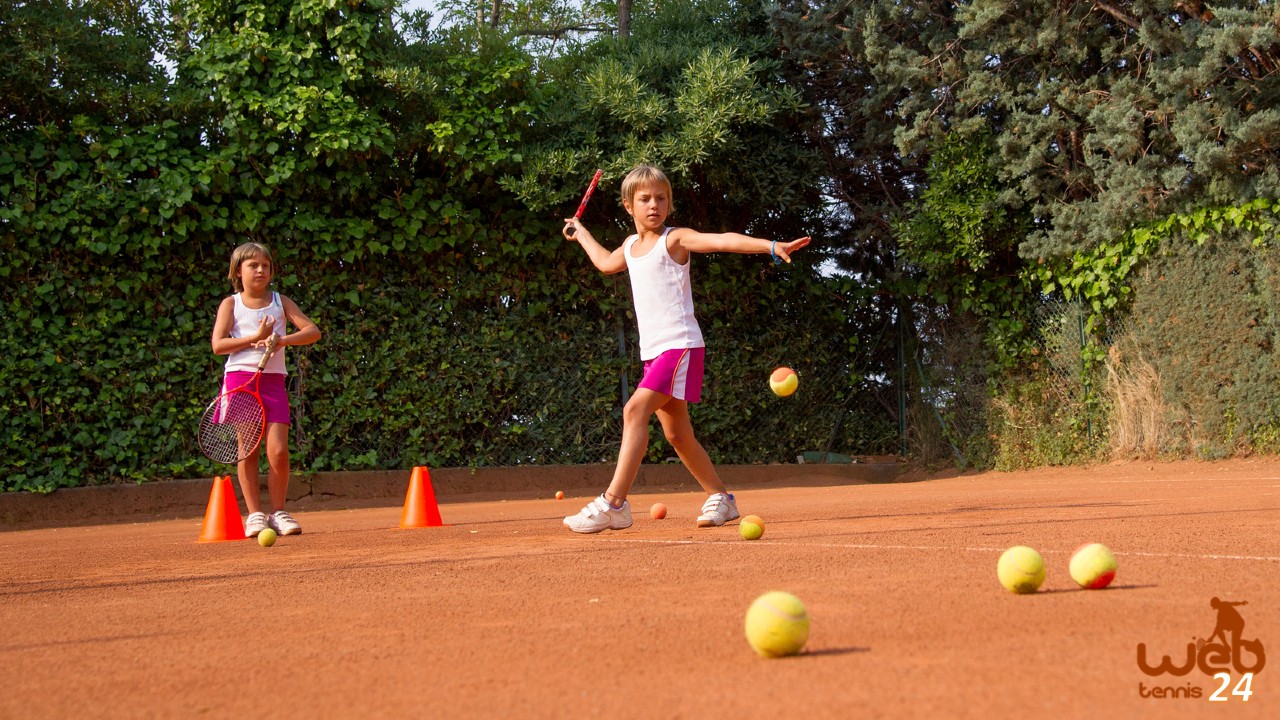
When I decided to teach my (then) 4, respectively 5-year-old daughters how to play tennis I was both excited and terrified at the same time.
I had already enough experience playing and teaching tennis for almost 30 years, but putting all my knowledge on the line to help my two daughters fall in love with the sport was a major job for me.
As a tennis coach, you can encounter a lot of pressure when it comes to teaching your own children.
Despite that, after a serious discussion with my wife, we have decided that nobody would ever put more passion into teaching our daughters as much as I would as a parent and tennis coach.
BUT… there was one step that had to be carefully planned:
How to make my kids take me seriously as a coach and change their perception toward me from the “fun daddy” to… “coach daddy”?
Up to that point, I was the daddy who was coming home and they would jump on his back, go for bike rides, go to the beach, read with them, and have fun.
That was all good in the beginning when we began to transfer those fun activities onto the tennis court, but at some point we had to ease into the technical aspects of the tennis strokes and learn that tennis requires some serious moments when repetition and certain focused activities are not as entertaining as the games my daughters were used to playing with me.
Something had to be done. Something that would get my daughters to ask me to teach them how to play tennis and allow me to introduce them to the mechanical aspects of tennis strokes and footwork.
After careful analysis and long discussions with my wife, we both agreed that the best solution to have our daughters be willing to learn tennis from me would be to enroll them into group classes under the guidance of another tennis coach.
Why?
We figured that by being enrolled in group classes, our two daughters would see other children playing and enjoying tennis.
They will see other children learning, executing the strokes technique, and paying attention to a coach’s instructions.
My daughters, in this way, got introduced to tennis by joining other children of their age and observing how others behave in a tennis class.
That was a turning point!
My daughters, soon, decided to allow me to teach them not only the technical aspects, but they wanted to excel by practicing more only to get better and eventually participate in competitions.
Conclusion:
If you are a tennis parent, don’t try to teach your children yourself… in the beginning!
Allow them to learn by participating and observing other kids of their age, first.
Only after they get introduced to tennis together with other children will they be more open to learning and working hard… just like they saw other kids doing.
If you want to learn a step-by-step method and see how I taught my two daughters to play tennis from the ages of 5, respectively 6, up to junior years, check out the My Daddy / My Coach video series.
You’ll see live and full tennis lessons (each about 45-65 minutes) in which I share all my tennis knowledge in teaching my daughters how to play and fall in love with the sport.
Have fun teaching tennis to your children! 🙂

Cosmin Miholca
Certified Tennis Coach
Check out my work at WebTennis24 where I share with you my best video tennis lessons, drills and tips for players, coaches and tennis parents.

